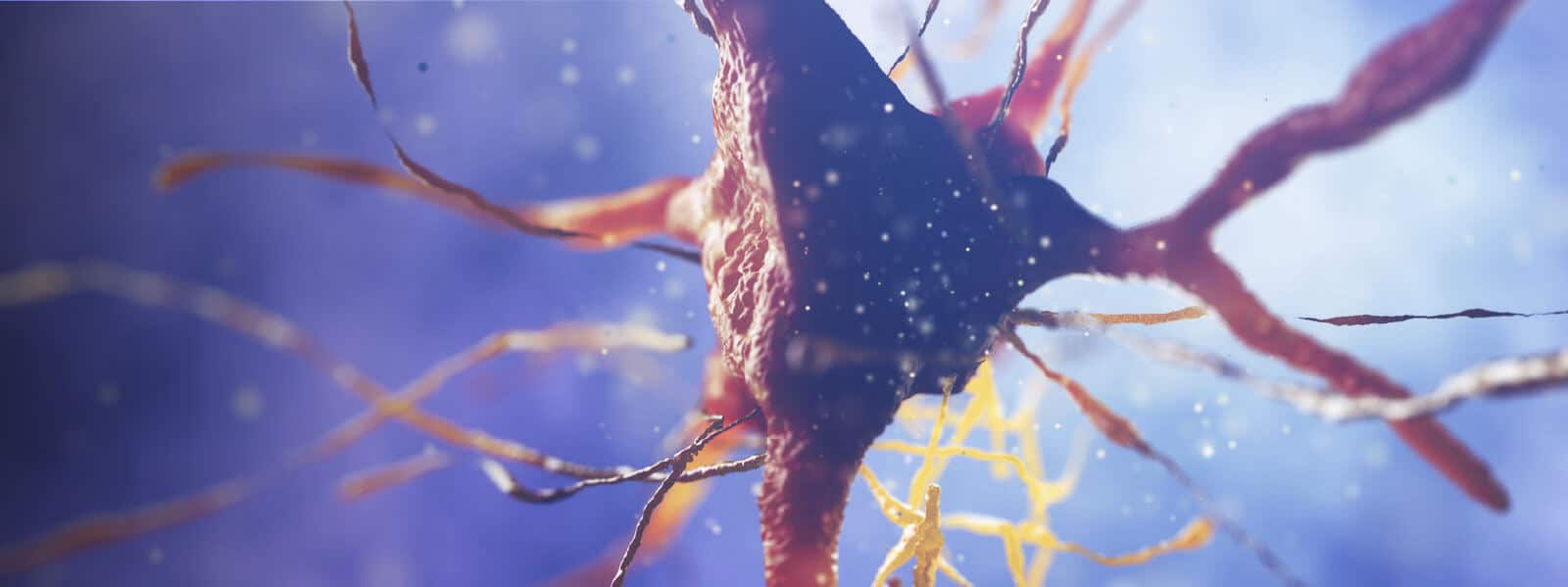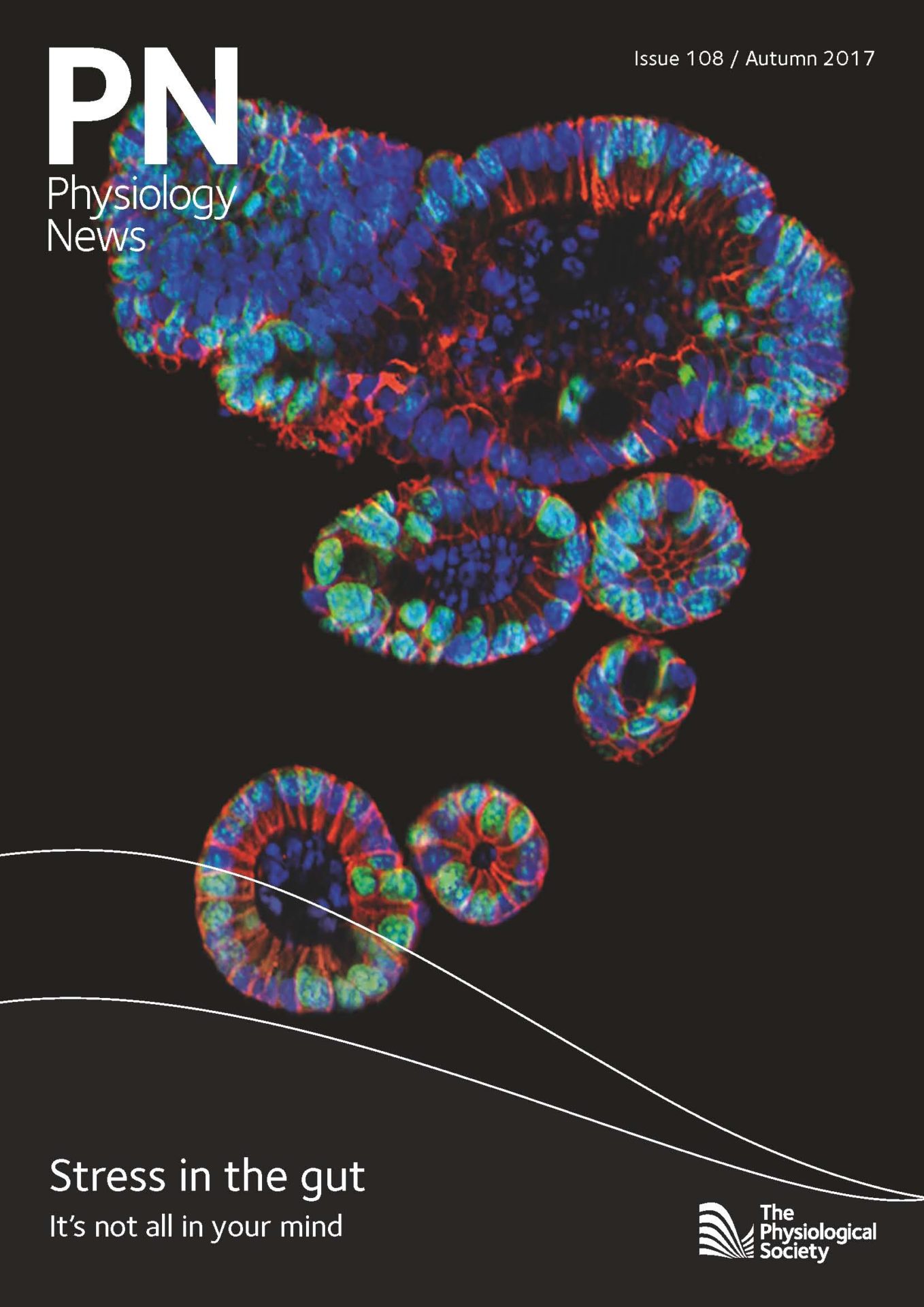
Physiology News Magazine
Opening up science education
Open education: helping life science educators widen access to education and foster engaging and creative approaches to learning and teaching
Features
Opening up science education
Open education: helping life science educators widen access to education and foster engaging and creative approaches to learning and teaching
Features
Vivien Rolfe
UWE Bristol, UK
https://doi.org/10.36866/pn.108.40
I recently presented on open education at a Physiological Society H3 symposium entitled ‘Practical Innovations in Life Science Education’. This presentation followed one at the 2016 ‘Achieving Teaching Excellence in the Biosciences’ event at Kingston University, so I thought it timely to summarise some of the ideas for a wider readership.
This article follows one written by Keith Siew in the summer edition of the magazine on ‘the open science movement’, which specifically talked about open access in relation to research articles and data. My article very much focuses on teaching.

What is open education?
Attempting to answer this question a few years ago would give quite a different outlook from today as the range of open educational approaches and ideas have expanded. Open education is a means of widening access to education, and the accessibility of materials, and it is not a new idea. Universities and teaching institutions have been inviting the public through their doors for centuries, and in more recent times ‘open’ universities have further championed the widening of access to formal education. In the 1970s, open education was a dominant philosophy and practice in primary schools with the goal of having unstructured curricula to foster creativity and support diversity in learning, alongside sharing knowledge beyond the institution. In the present reiteration of open education, there are similar underpinning ideals – seeking to provide an education system that shares, and is more inclusive and equitable. The millennium saw a number of technological advances and the use of open licenses such as Creative Commons to enable scholars to share resources, data, and other outputs within the boundaries of copyright law but to global audiences simply for the first time. Wikipedia, perhaps the single most significant open resource, started to grow organically by tapping into people’s desire to co-create and collaborate. Wikipedia.org is now part of the overarching WikimediaFoundation.org where collaborative working is applied to the creation and sharing of images, resources, books, data, and an expanding project list, all using Creative Commons licensing for the reuse, editing, and redistribution of the work.
Open education – from content to practice
The relationship between open education content (also called open educational resources or OERs) and emerging open practices is a hot topic of debate (https://www.youtube.com/watch?v=gmPmZEhy3Lc). In this webinar of practitioners, researchers, and advocates of open education, great work within schools, colleges, and universities has clearly emerged through either the generation of openly licensed content (a good starting point), or the conception of what open practice and pedagogy might be. A widely accepted framework for practice development is David Wiley’s ‘5 R’s’ which sets out options for moving towards open practice (Wiley, 2014). This in my experience is a useful concept for teachers who aspire to develop their open practice; Retain (you control what happens to the resources you share) through to Reuse, Revise, Remix, and Redistribute. Open practice extends the utility of our academic work within our institution if that is what we wish – or if we have the right policies in place, we can share beyond the walls of our universities to subject communities and learners. In the UK, some notable examples include the University of Lincoln ‘Student as Producer’ project where students engaged as co-creators of open content, and the open photography course #Phonar at the University of Coventry, which invited public collaboration and led to students working with professional communities as part of their learning. Much of the UK activity stemmed from the 2009–2012 HEFCE-funded Open Educational Resource programme (www.jisc.ac.uk/guides/open-educational-resources). Over 85 projects spanned most subject disciplines and were seminal in building the community of open practitioners that thrives today, and were brought together in an annual conference organised by the Association of Learning Technology (#OERXX). The Oxford OpenSpires project made podcasts available as open content, and a number of projects from the University of Nottingham shared open-source software for eAssessments and learning object creation. Several projects shared the creation of life science OERs, such as that within the Nottingham Health and eLearning Media Team (HELM) plus a number of my own projects at De Montfort University sharing laboratory skills OERs (Virtual Analytical Laboratory, VAL), OERs on sickle cell disease (SCOOTER project), and midwifery and biology materials (Biology Courses project). The reach and impact of these OERs across the different project platforms, and using web marketing techniques to share content via the web, has been reported (Rolfe, 2016).
Open practice for life science practicals
My recent work has explored open pedagogies in an attempt to address challenges facing laboratory practical teaching. Practicals are defined as timetabled laboratory events, and it is well documented how teaching staff and technical teams have to cope with ever-increasing student numbers and address the gaps between school and university in terms of laboratory experience (Coward & Gray, 2014). As reported elsewhere, student criticisms include no buzz, repetitive nature, and lack of social engagement (Wilson et al., 2008).
So in my experience of adopting open practices in departments, what are some of the benefits and challenges? Open education projects at De Montfort University included laboratory skills OERs. Still accessible today via the project website and YouTube, these relatively low quality materials by today’s standards, were popular with students and boosted their confidence before entering the laboratory for the first time: ‘VAL has been very useful in easing my nerves before lab sessions’ (Biomedical Science student, Rolfe, 2009). These OERs were then embedded within the timetable with students working through workbooks prior to entering the lab. Soon, students were creating videos of their own laboratory work and sharing these either informally with each other through social media, or as part of the project website. The laboratory technical teams also created resources in areas they thought students particularly struggled with. One of the benefits cited by staff was that they needed to spend less time repeating basic instructions as students had an overview of the fundamental skills.
In other subject areas such as immunology, OERs were used in ‘flipped’ classroom scenarios sharing content before practicals, which provided more effective use of time once in the laboratory. In other ‘circus-style’ practicals, students accessed resources by QR codes at different workstations to introduce them to different techniques, which helped to cater for large student numbers in the lab in a more effective way.
Students were engaged in not just creating content but also assessment questions later shared as OERs accompanying resources on the project websites. At the end of practicals they were encouraged to reflect on their learning by producing multiple choice questions, something adapted from the work of Bevitt and Morris (2012). Our student questions were then lightly edited and used for formative tests via the Virtual Learning Environment, and also shared as OERs.
Longer term, some changes to the learning culture were observed with students taking control and implementing their own ideas, such as photographing histology images using iPhones for sharing as OERs on the Google service Picasa and later a Facebook discussion group. Some of the lasting impacts of this work are the cross-university interest it generated – for example technology and arts students becoming interested in science projects – and the OERs being available globally to support informal and formal learning, providing new insights and perspectives for students (Rolfe, 2016).
Further information?
Today, ‘open’ prefixes a wide range of activities from scientific communities, scholars, data, citation, access, innovation, resources, textbooks and practice and pedagogies (see #OER, #OEP, #OTB Twitter hashtags for example). A newly started project in the UK funded by the US Hewlett Foundation is exploring the use of openly licensed textbooks to support student learning, such as those produced by OpenStax and BCCampus (follow the Twitter group for more information @ UKOpenTextbooks). For community support you can join a JiscMail list as part of the Association of Learning Technology Open Education Special Interest Group (Twitter @ ALT_C, #OpenEdSig).
Resources can be found (and shared back) via a number of platforms – Jisc App store, Life Science Teaching Resource Community (www.lifescitrc.org), OER commons, Wikimedia group, and many others. My analysis of discovery of content via different platforms found YouTube and Flickr the most effective way of making OERs visible, in contrast to institutional repositories which were woefully inaccessible, but did serve as a permanent store for content created. However, in many of the De Montfort projects, WordPress blogs served this purpose located on low-price hosting services (Rolfe, 2016).
This article is not an extensive literature review of all open practice in physiology or science teaching. As more evidence is gathered as to the benefits and uses of OERs and open practices, a new theoretical basis for open practical pedagogies may emerge. What is important is that we continue to openly share our case studies of teaching practice to build a fuller picture. That way, larger communities of teachers can grow and benefit:
‘It has changed my practice in terms of whenever I’m doing anything I think how could this be an OER or how could it supplement what I’m doing’. (Microbiology lecturer).
References
Bevitt B & Morris N (2012). Student-authored MCQ revision questions. Case study. Available at <teaching.ncl.ac.uk/casestudies/storedcasestudies/name,120062,en.html> [Accessed 12 May 2017].
Coward K & Gray JV (2014). Audit of practical work undertaken. Available at: <www.rsb.org.uk/policy/education-policy/higher-education-policy/ug-audit-of-practical-work> [Accessed 12 May 2017].
Rolfe V (2009). Development of a Virtual Analytical Laboratory (VAL) multimedia resource to support student transition to laboratory science at university. HEA Bioscience Case Study, pp. 1–5.
Rolfe V (2016). Web Strategies for the Curation and Discovery of Open educational resources. Open Praxis 8 (4). Available at: <openpraxis.org/index.php/OpenPraxis/article/view/305> [Accessed 12 May 2017].
Wiley D (2014). The Access Compromise and the 5th R. [online] Available at: <opencontent.org/blog/archives/3221> [Accessed 12 May 2017].
Wilson J et al. (2008). 1st Year Practicals – their role in developing future Bioscientists. Leeds, the Higher education Academy Centre for Bioscience. [online] Available at: <synergy.st-andrews. ac.uk/vannesmithlab/files/2015/08/Adams_et_ al08CentreBioReport.pdf> [Accessed 12 May 2017].
